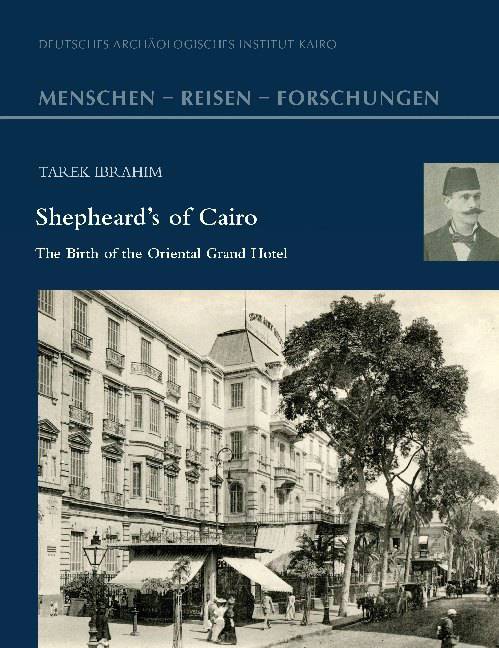
En raison d'une grêve chez bpost, votre commande pourrait être retardée. Vous avez besoin d’un livre rapidement ? Nos magasins vous accueillent à bras ouverts !
- Retrait gratuit dans votre magasin Club
- 7.000.000 titres dans notre catalogue
- Payer en toute sécurité
- Toujours un magasin près de chez vous
En raison de la grêve chez bpost, votre commande pourrait être retardée. Vous avez besoin d’un livre rapidement ? Nos magasins vous accueillent à bras ouverts !
- Retrait gratuit dans votre magasin Club
- 7.000.0000 titres dans notre catalogue
- Payer en toute sécurité
- Toujours un magasin près de chez vous
Description
Few buildings reflect the waxing and waning of European influence in Egypt during the 19th and 20th centuries as profoundly as Shepheard's Hotel in Cairo. Prior to its total destruction during the infamous "Black Saturday" riots of January 1952, the building was a potent symbol of the problematic relationship between native and foreigner, Orient and Occident, colonized and colonizer. Initially the site of Napoleon's headquarters during his ill-fated Egyptian campaign, over the following 150 years, successive expansions and reconstructions transformed the humble lodge into one of the most glamorous and legendary hotels in the world. Hardly a single important political, social or artistic figure that passed through Cairo failed to stay and make an appearance at the hotel. Until recently, a scholarly analysis and documentation on the architecture of Shepheard's Hotel has been cursory at best due the near total absence of primary visual material. Thanks to a spectacular discovery at Grunsberg Castle near Nuremberg, Germany, primary visual material of the building - including original floor plans, correspondence, sketches and photographs - has come to light. The design of the hotel can now be correctly attributed to the previously unknown German architect Johann Adam Rennebaum (1858-1937) who lived and worked in Egypt for more than 50 years. This cache, combined with material from numerous archives in Egypt, Europe and North America, allows for the first comprehensive survey on the art, architecture and design of the legendary lost hotel. More than merely lodging, Shepheard's made design a destination and allowed visitors to step through the looking glass into a fantastic recreation of the wonders along the banks of the Nile, quickly becoming an essential part of the grand tour in Egypt for well-heeled travelers of the late 19th and early 20th centuries.
Spécifications
Parties prenantes
- Auteur(s) :
- Editeur:
Contenu
- Nombre de pages :
- 120
- Langue:
- Anglais
- Collection :
- Tome:
- n° 5
Caractéristiques
- EAN:
- 9783954903689
- Date de parution :
- 13-12-19
- Format:
- Livre relié
- Format numérique:
- Genaaid
- Dimensions :
- 213 mm x 274 mm
- Poids :
- 703 g

Les avis
Nous publions uniquement les avis qui respectent les conditions requises. Consultez nos conditions pour les avis.






